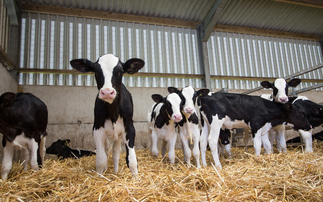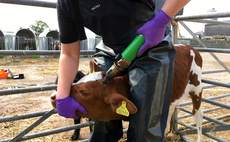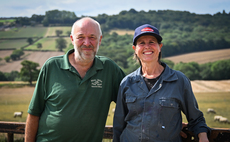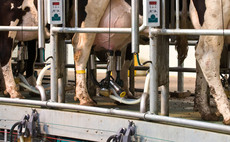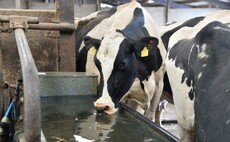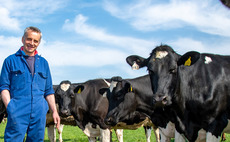
Many calves benefit from treatment with anti-inflammatory medicines (NSAIDs) before procedures such as disbudding/dehorning now we better understand the longer-term impact of such procedures on calves.
As naturally stoic animals, cattle rarely show obvious signs of pain and discomfort as it is a sign of vulnerability, says Boehringer Ingelheim Animal Health vet, Kath Aplin.
However, we know procedures such as disbudding can have a negative impact on a calf for up to 10 days.
Compared with calves given local anaesthetic alone, she said those that also receive the NSAID Metacam (meloxicam) have been shown to have:
- Significantly lower cortisol levels (a measure of stress).
- Significantly lower heart and respiratory rates over 24 hours post dehorning.
- Significantly less pain sensitivity at horn buds almost twice as little in control vs Metacam-treated calves.
- Significantly less pain behaviour, indicated by less ear flicking and less head shaking.
Metacam-treated calves have also been shown to gain significantly more weight over 10 days post dehorning.
Since the introduction of Metacam 20 years ago, much has changed with how pain is managed.
The treatment is now used extensively in cows and calves in a wide range of situations.
For many years, it was accepted calves would suffer pain after the local anaesthetic used for dehorning had worn off, explainsMs Aplin.
But our knowledge now is much improved and most calves undergoing disbudding or dehorning will receive more effective pain relief than 10-15 years ago.
The updated Red Tractor guidelines now include a recommendation to use pain relief for any routine husbandry procedures which might cause pain, such as disbudding/dehorning.
While local anaesthetic prevents pain during the actual procedure, longer term pain relief in the form of NSAIDs improves wellbeing and helps calves bounce back to normal behaviours, says Ms Aplin.
It begs the question why wouldnt an NSAID be used? Producers should discuss pain control for routine procedures with their own vet and develop a protocol for their own farm.
Other Situations
Some of the other common situations when NSAID Metacam might be used include:
- Calf scour (in combination with oral rehydration therapy).
- Respiratory disease (with appropriate antibiotic therapy).
- Mastitis (in combination with antibiotic therapy).





